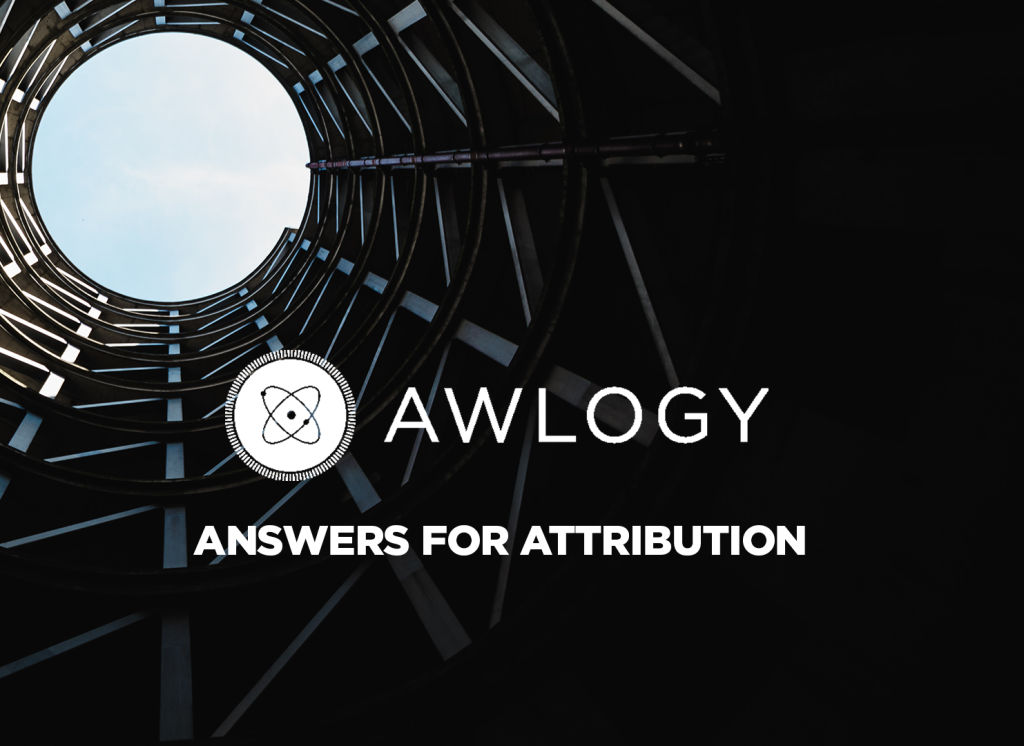When a web user completes a conversion, who is responsible? The user? The advertiser? The Google? It’s a question as old as advertising itself and you’ll hear a variety of guesswork answers. At Awlogy, we prefer quantifiable solutions over guesswork and therefore rely on attribution models to assign conversion credit.
But let’s start from the beginning: attribution allocates credit for a conversion across channels and between touch points. The goal of attribution is to ascertain the value of each channel and touch point during the customer’s purchase process. Good attribution models allow marketers to determine what channels are most effective and structure future campaigns accordingly.
At Awlogy, we run campaigns that employ the full spectrum of tactics (depending on the client goals) to effectively reach audiences. Display, video, radio, smart watches – name a medium and we can run media through it. Our attribution models, produced through partnerships with Google and other 3rd-party providers, allow us to measure the performance of each medium based on the resulting number of conversions or other mandated touch points via the campaign goals. We can tell where, when and on what device each user was reached before converting.
Here’s a basic example:
In a recent campaign, 83% of conversions resulted from a Google or Bing search. Many marketers would take that statistic at face value and insist on allocating big budget chunks to PPC tactics. This is called last click attribution modeling and has plagued uninformed advertisers for years. Over-crediting the bottom of the funnel means that funds will be unnecessarily tight for upstream channels like, in this scenario, display or video. Simple analysis of an attribution model revealed that a majority of converted users were served display and video advertisements before searching. Display and video drove audiences to bottom funnel channels like search to convert, and therefore siphoning dollars from upstream tactics to PPC would have actually hindered the goals of this campaign.
It’s fundamental examples like this that reinforce the importance of accurate attribution. And as new layers are added to the tech stack and media campaigns become increasingly complex, attribution paths transform from the straightforward example above into intricate mosaics of time, reach and frequency. We believe so strongly in accurate attribution that we include attribution services for all of our digital campaigns and use it as a primary driver for future budget and channel planning. And although offline attribution is in its infancy, it won’t be long before we’re able to chart a user’s funnel across online, offline and IOT channels. Stay tuned.


